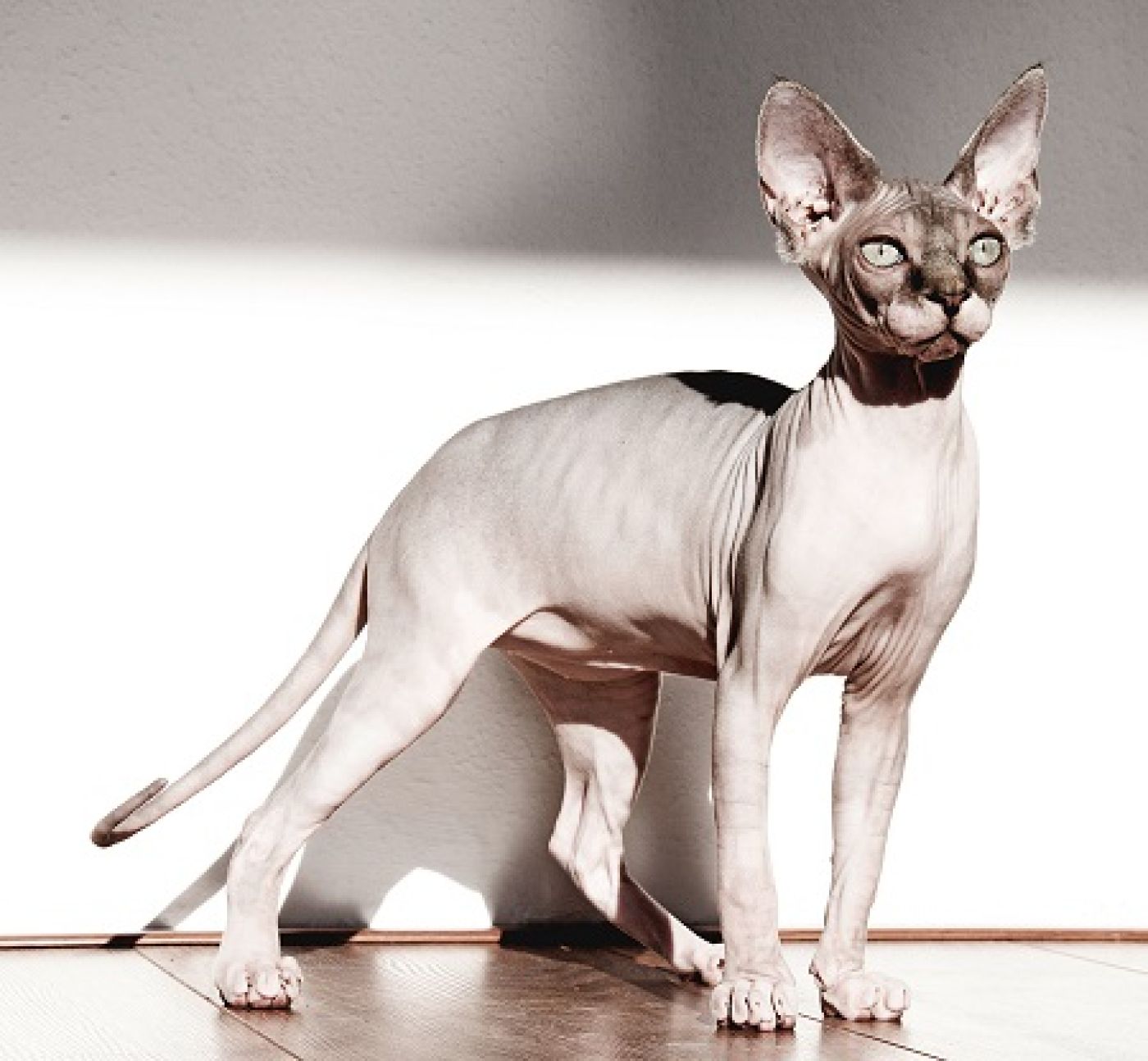Multi Cat Households

It is believed cats have been domesticated for at least 5,000 years initially by the Egyptians. During the early days of agriculture and farming cats were proven useful in keeping the rat population and other pests under control in the townships. Over time the cats became idolised and were a protected species in Egypt. They were worshipped as a god and when the pet cat died it was mummified and owners would shave their eyebrows off as a sign of mourning.
With exploration and the usefulness of pest control, cats were then used on boats. This is how they initially spread to Greece, then India and China. In 400AD cats were found in Britain and now they are found in every continent except Antarctica.
In the middle ages the cat population declined as the cats were persecuted due to their connection with witches and the incarnation of the devil. Therefore, mass killings occurred. Today the cat is increasingly popular as a pet, especially in the USA and UK, as well as Australia. Its small size, cleanliness and adaptability to live in apartments have seen it outnumber dogs in some countries as the pet of choice, especially North America.
Cats have evolved to live fairly solitary lives. To keep confrontation to a minimum, cats have learnt to time share-that is they share the same territory but not at the same time. Cats also do not share resources, yet in multi cat households’ owners expect them to share the same food bowls. This is why they often don’t eat together but graze after each other. Generally, they also do not drink near where they eat. It wouldn’t make sense to kill prey near a water source and risk contamination, which is why cats will drink from the shower recess or the pot plant. Vertical space is more important to cats than horizontal space. They live a true 3-dimensional world, but modern homes make this difficult as they have fewer high places to hide.


